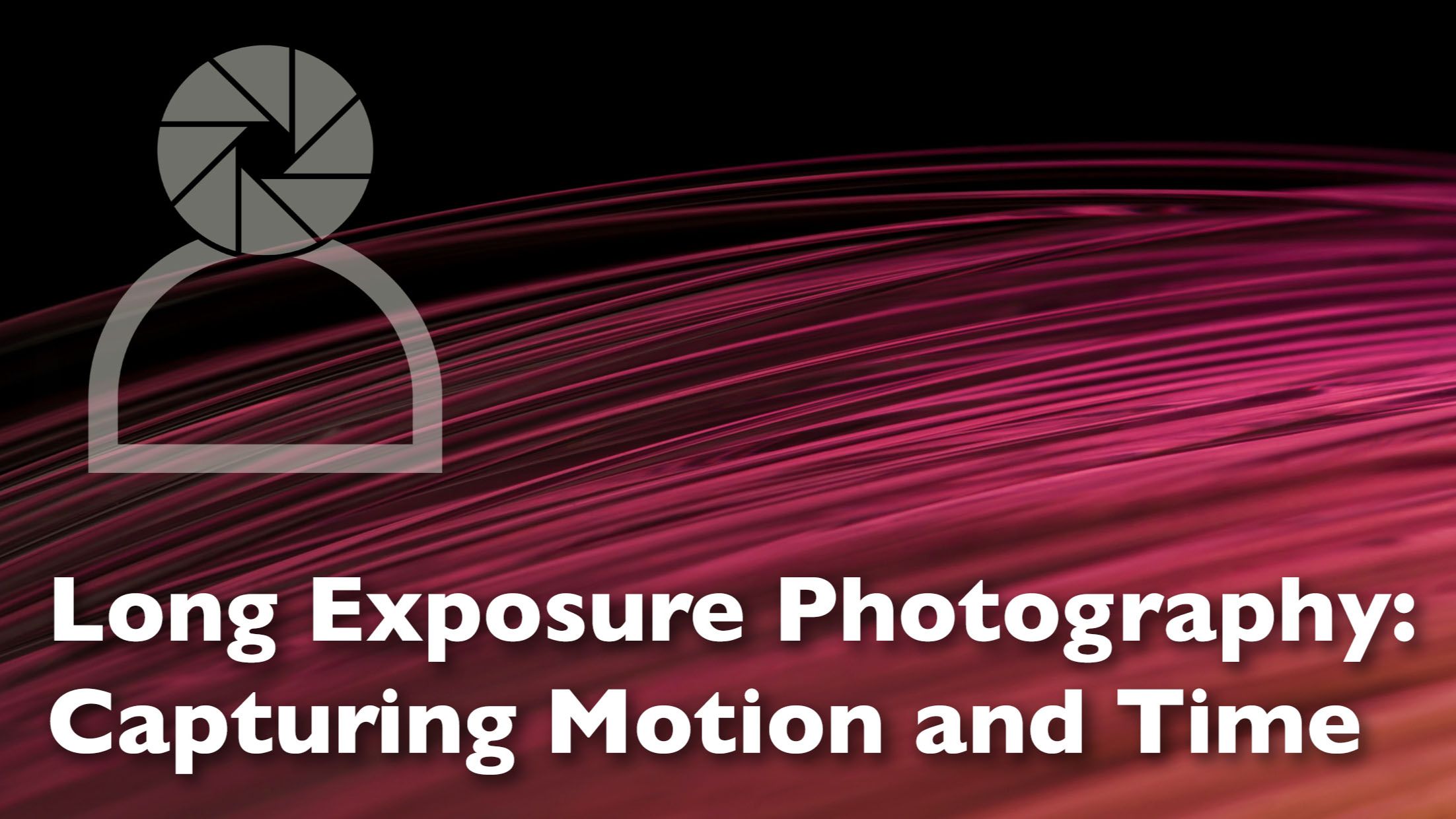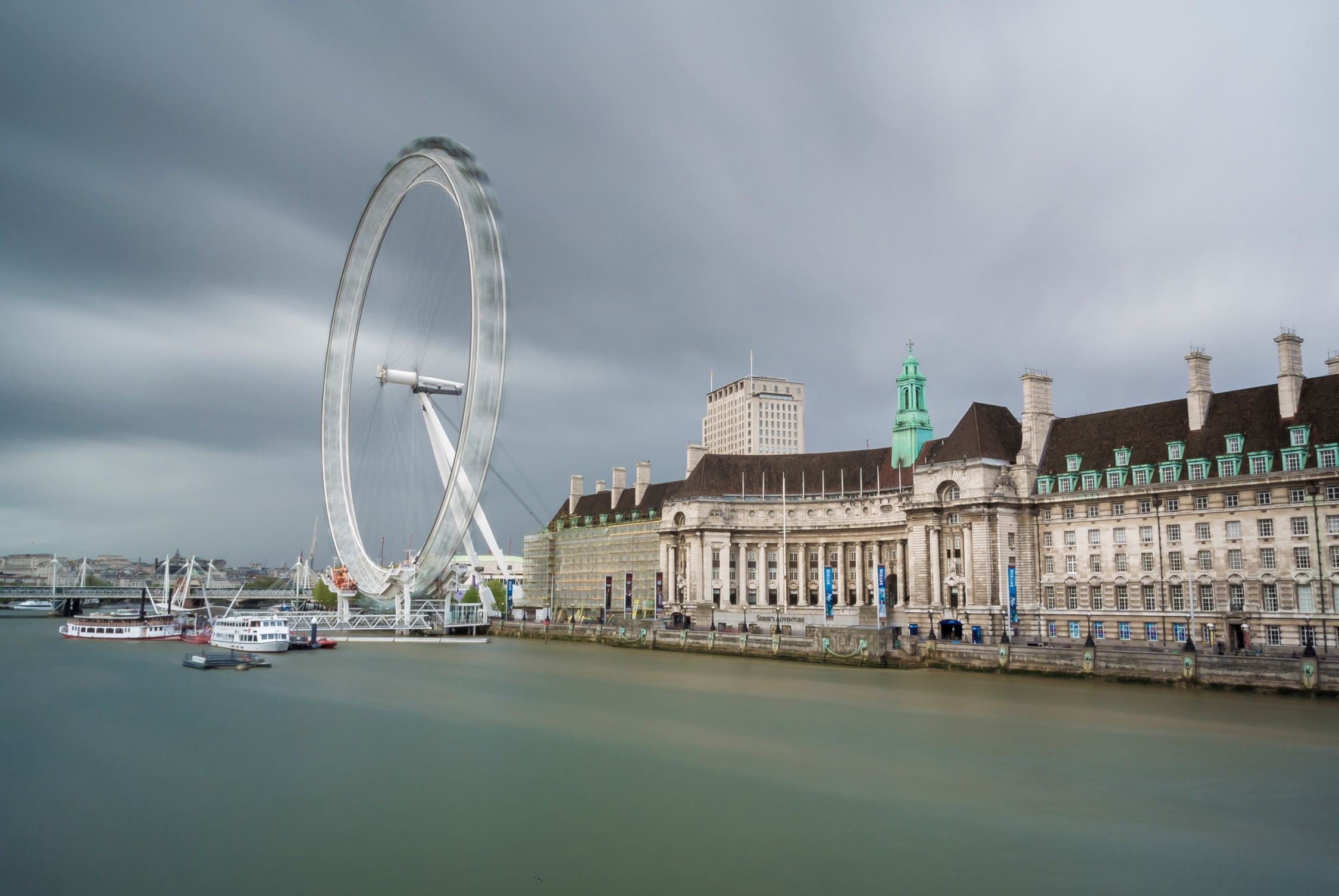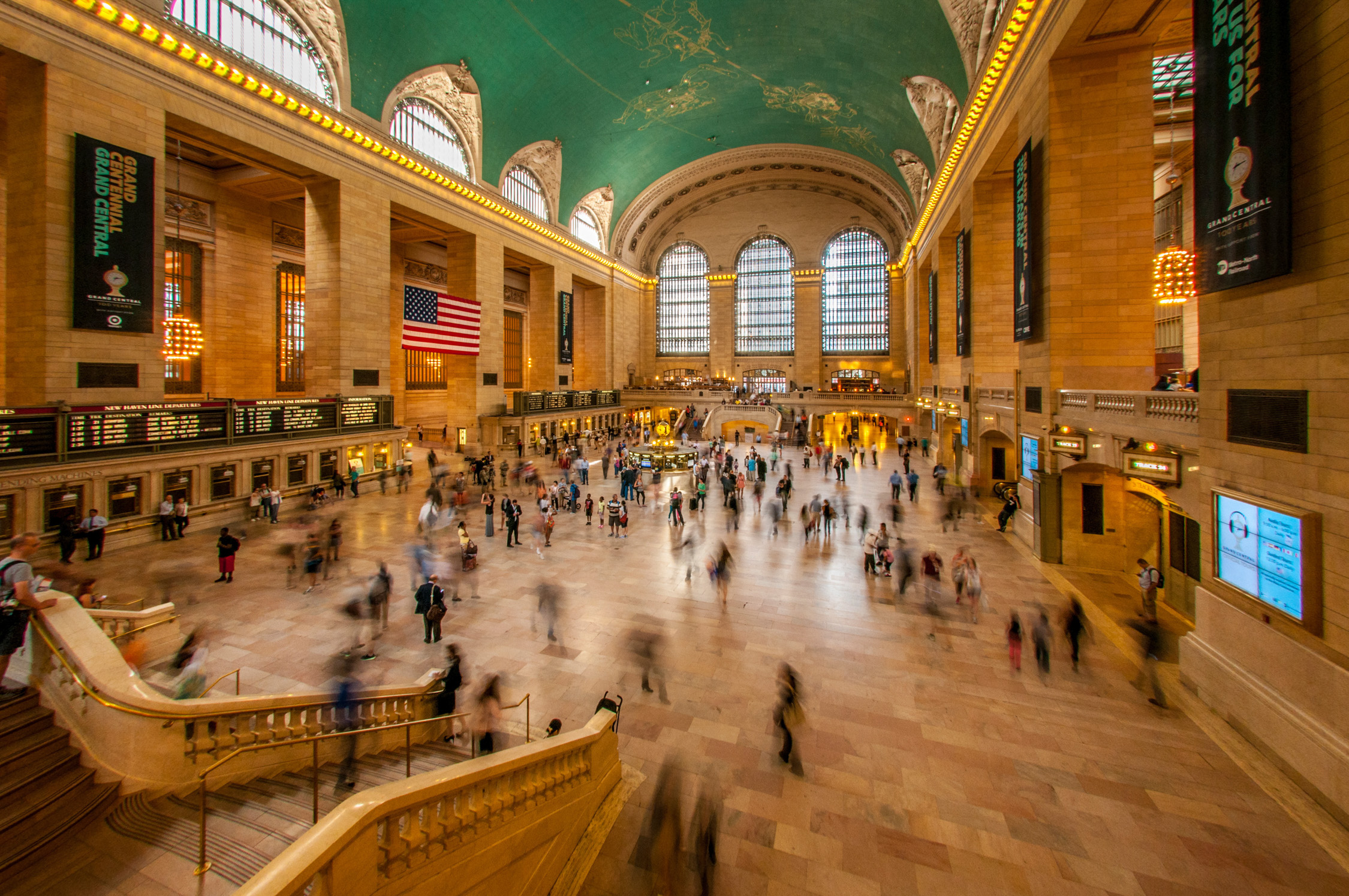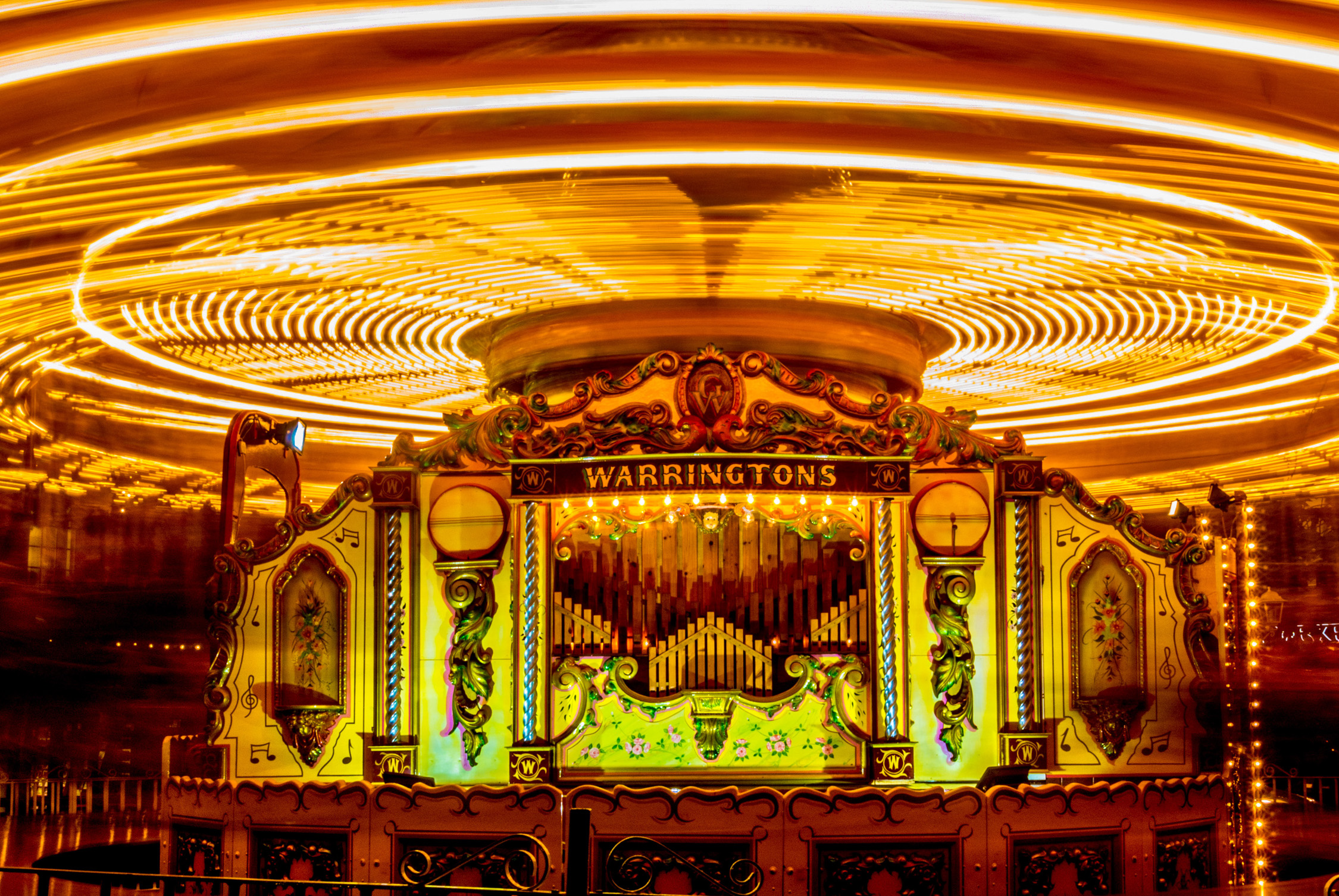
Long Exposure Photography: Capturing Motion and Time
Sep 07, 2023Long exposure photography is a technique that offers an entirely different dimension to your images. It allows you to capture motion, create surreal landscapes, and even turn night into day. By using a slow shutter speed (so the shutter is open for an extended period of time), any moving subject will record as a blur which can yield some fascinating results.
What You'll Need
A camera with manual settings, a sturdy tripod, and possibly some additional gear like neutral density filters. If you're not sure what those are, check out the MYP community for answers to a whole myriad of questions like this.
Setting Up
Finding your location and setting up your equipment might take time. Planning and patience are crucial components of long exposure photography. You’ll need space for a sturdy tripod, preferably not in a busy area where it might get knocked.

A long exposure used during daylight can create surreal water and cloud effects
Timing Matters
The length of the exposure will determine the effect. A five-second exposure can smooth out water, while a five-minute exposure can create a surreal landscape. The length of time you need to keep the shutter open is relative to how fast your subject is moving:
Fast subject = shorter exposure.
Slow subject movement = longer exposure.
Filters are Friends
Neutral Density filters can be a godsend for long exposures, especially during the daytime. They reduce the amount of light coming into the lens, allowing you to extend your exposure time without overexposing the image.

Including moving people such as in this shot of Central Station in New York enhances the feeling that this is a busy environment.
Experiment
Long exposure is an art form that encourages experimentation. Our Master Your Photography community is a great place to share your experimental shots and get constructive feedback. Try lots of different shutter speeds, and remember once you have the exposure nailed you can change your shutter speed whilst also manipulating your aperture/iso settings to keep the exposure constant.
 Including a static element in your composition shows the movement in context.
Including a static element in your composition shows the movement in context.
Why bother?
Long exposure photography is versatile and can help you think about scenes and subjects in new ways. Perfecting this technique can turn commonplace subjects into abstract art and surreal compositions.
Our weekly Tips and Techniques email is FREE.
Sign up today, unsubscribe anytime.
We hate SPAM. We will never sell your information, for any reason.


